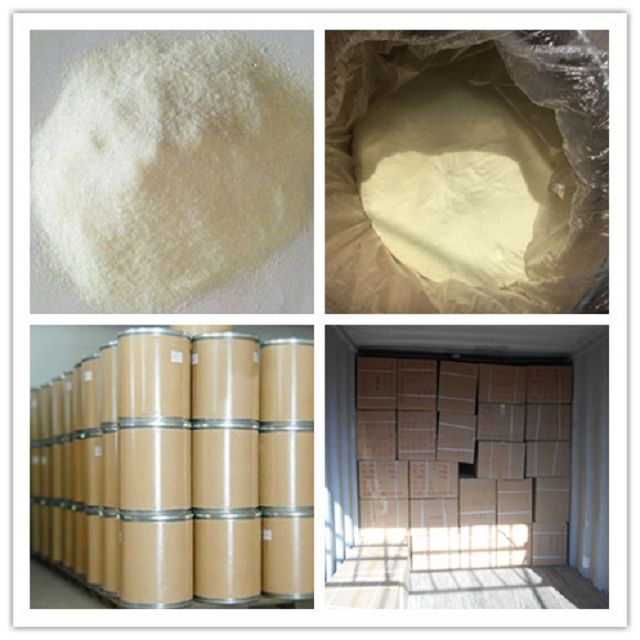At present, more than 20 million people in Japan need to transplant tissues such as skin, bones, cartilage and joints. The Affiliated Hospital of the University of Tokyo has announced that its research team has successfully developed a technology that can mass-produce skin, bones, and joints that can be transplanted to humans in a short period of time using 3D printers and genetic engineering techniques.
At present, transplantation surgery is mainly performed using tissue excised from a part other than the patient's own affected part, which causes a great burden on the patient's body. In addition, there is a method of making a tissue for transplantation using a 3D printer using animal tissues and plastics as raw materials. Although this method can alleviate the pain of the patient, there is a risk of infection, and the process of merging the transplanted tissue with the human body takes two or three years, and it is difficult to make a tissue requiring a certain strength such as a skull and a thigh bone.
The research team led by Takahashi Takashi, a professor at the University of Tokyo's School of Medicine, noted that more than 70% of the basic structures such as skin, cartilage and bone are made up of collagen. They use Fujifilm's recombinant human collagen peptides based on genetic engineering as the main material, and mix stem cells extracted from the patient's body and growth factors that promote cell proliferation, and then fill them into a modified medical 3D printer. At the same time, according to the in vivo tissue data obtained by computed tomography (CT), the required tissue can be produced within two to three hours, and tissues of different shapes and sizes can be made according to different patients.
The new technology is characterized by a reduced risk of postoperative infection, and the transplanted tissue can naturally fuse with the human body within a few months. This technology can also be used to make organs such as the liver, which is expected to make significant progress in regenerative medicine.
The research team hopes to achieve this level of practicality after five years of obtaining approval from the Ministry of Health, Labor and Welfare of Japan.
One of the top musk scents of the 1970s and 80s, Coty Wild Musk was very different from Jovan Musk – more sweet wood notes rather than florals. Wild Musk features notes of musk, Musk Ketone, powdery milk, lily of the valley, vanilla, sandalwood and milky accord.
From a 1980s ad: "If you`ve studied the birds and the bees you know the importance of scent and its power of attraction. What you may not know is that we humans can actually enhance our natural scent to speed up the reaction.

Musk Ketone Crystalline ,Powerful Musky Odor,White To Light Yellow Musk,Pale Yellow Musk
Gan Su Original Flavor Co.,ltd , https://www.muskxylol.nl